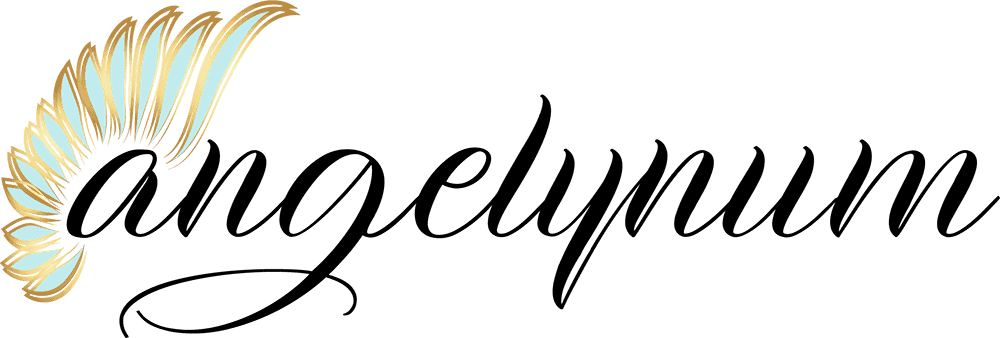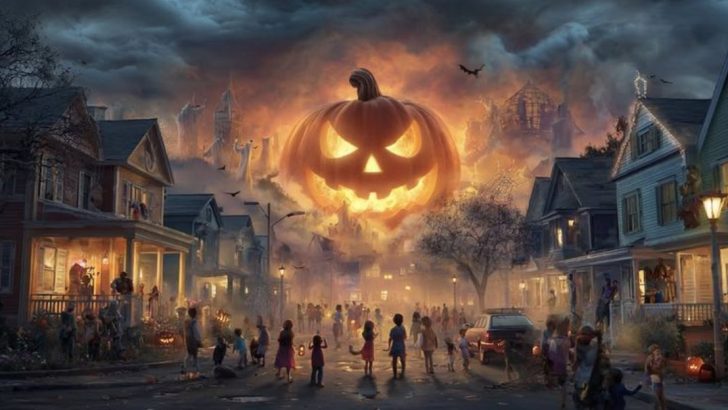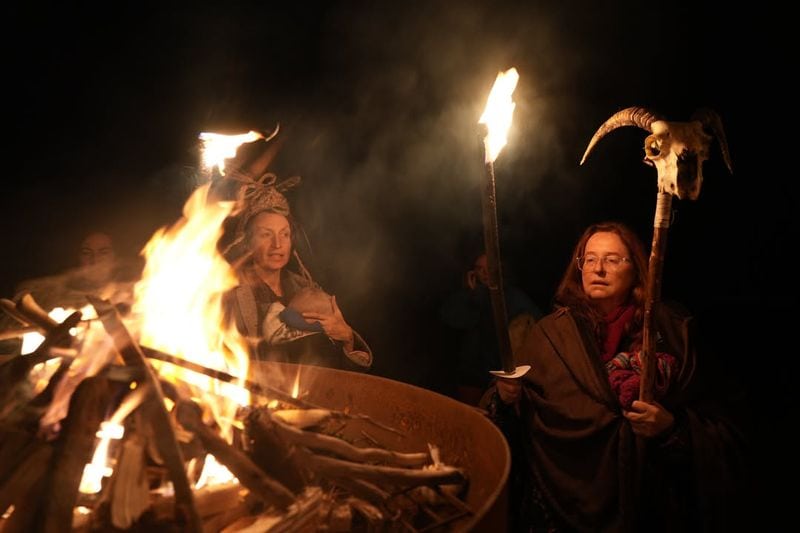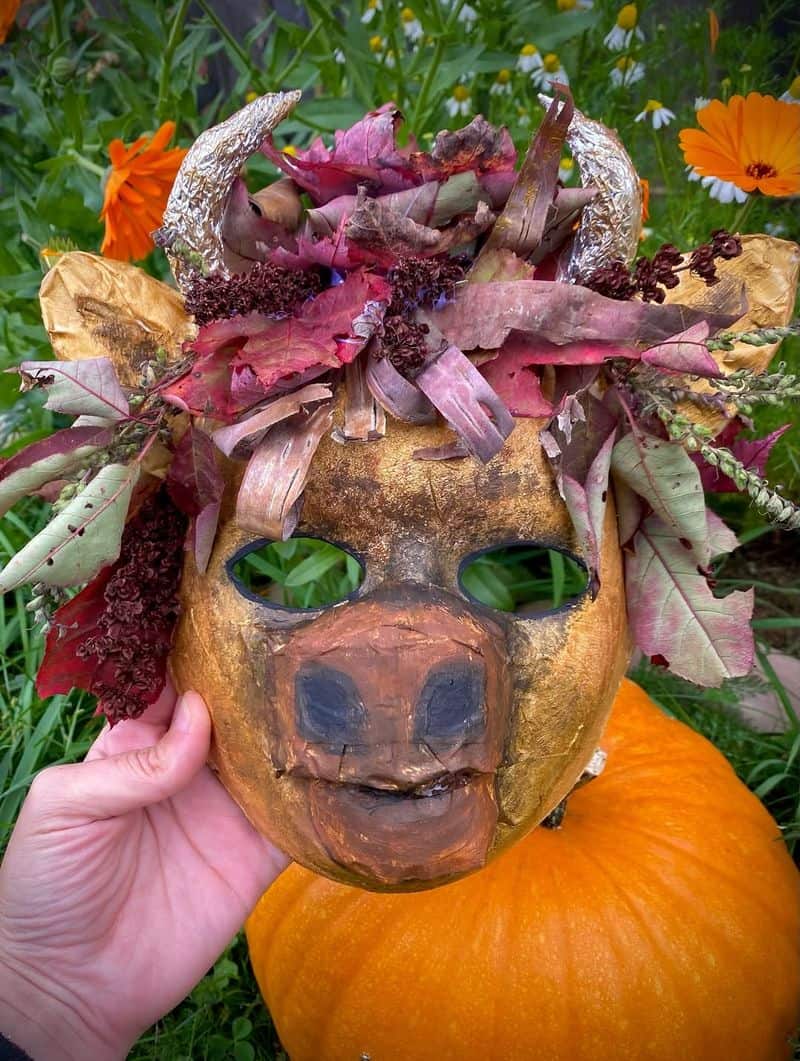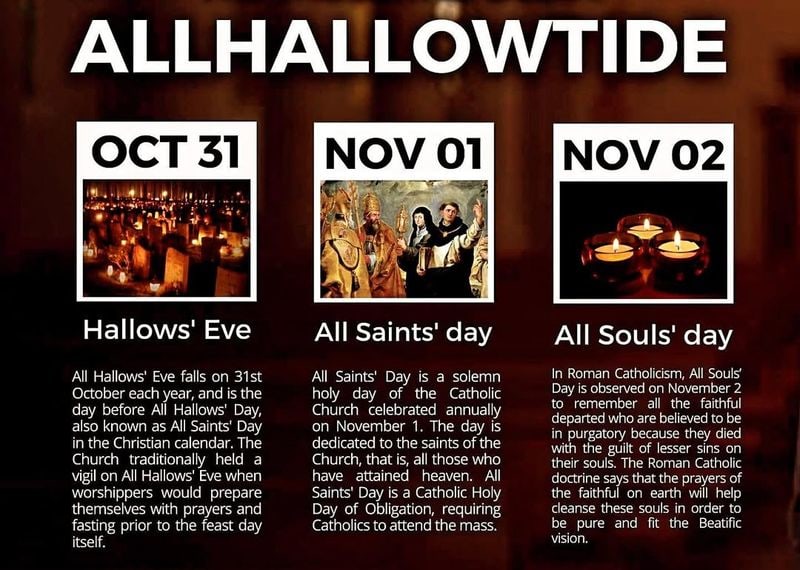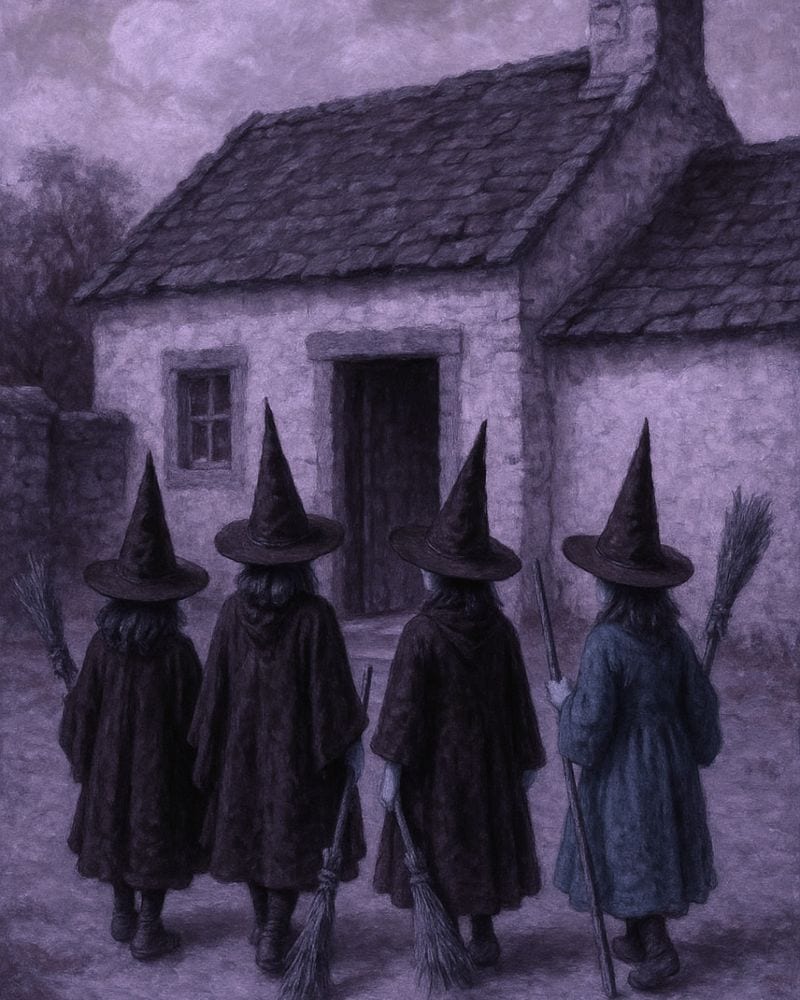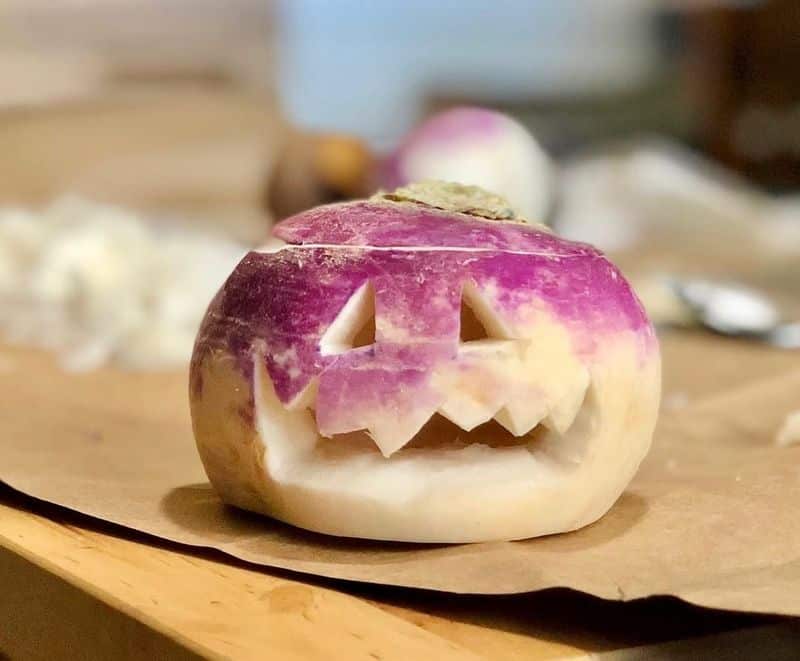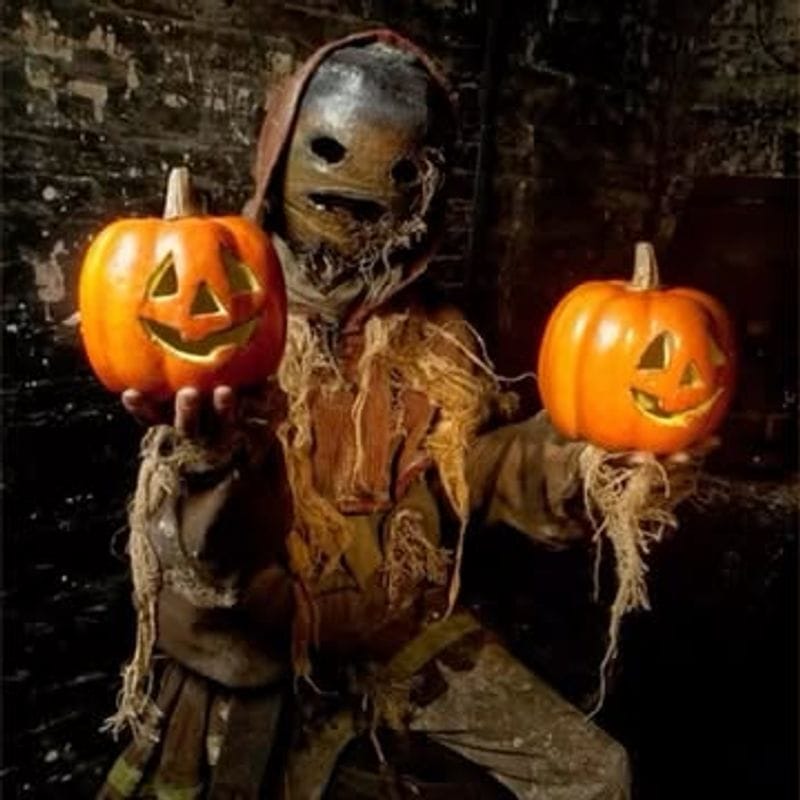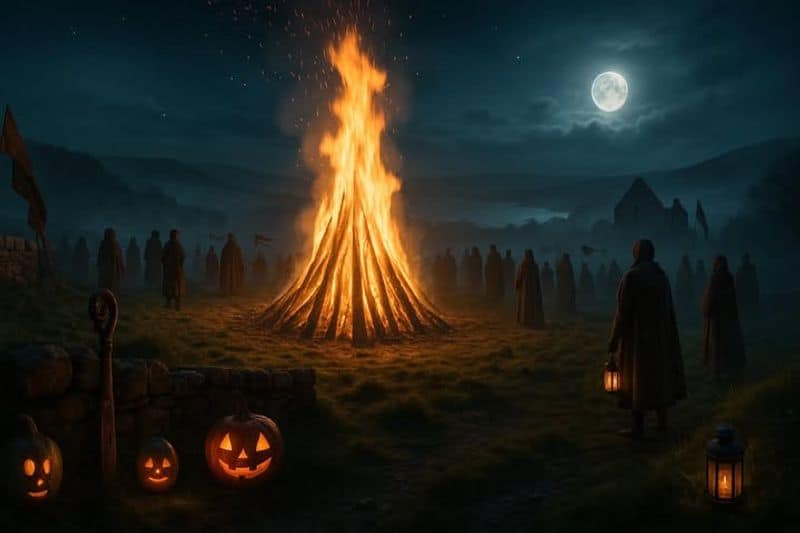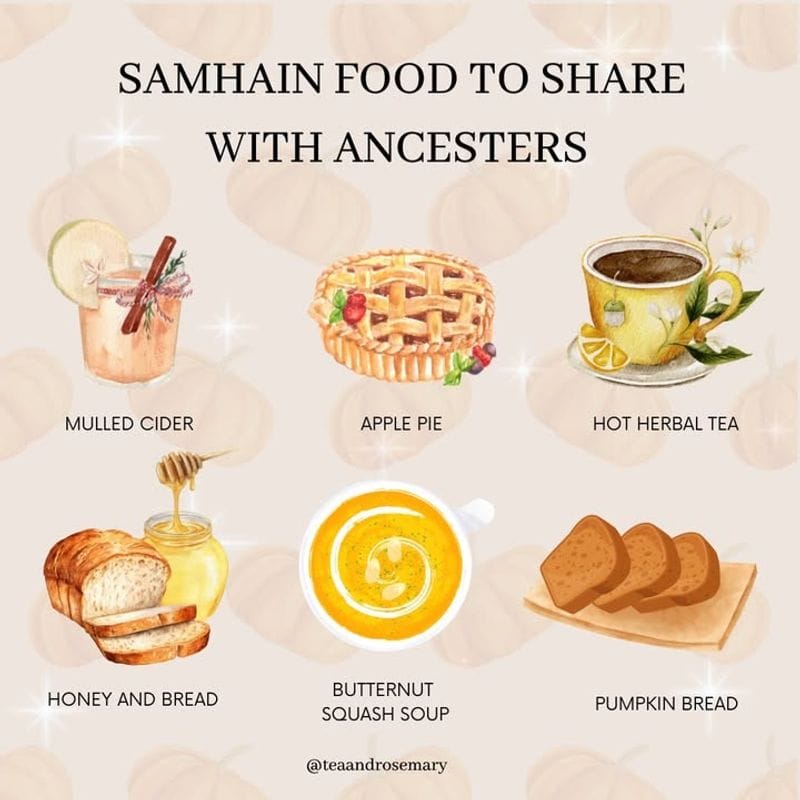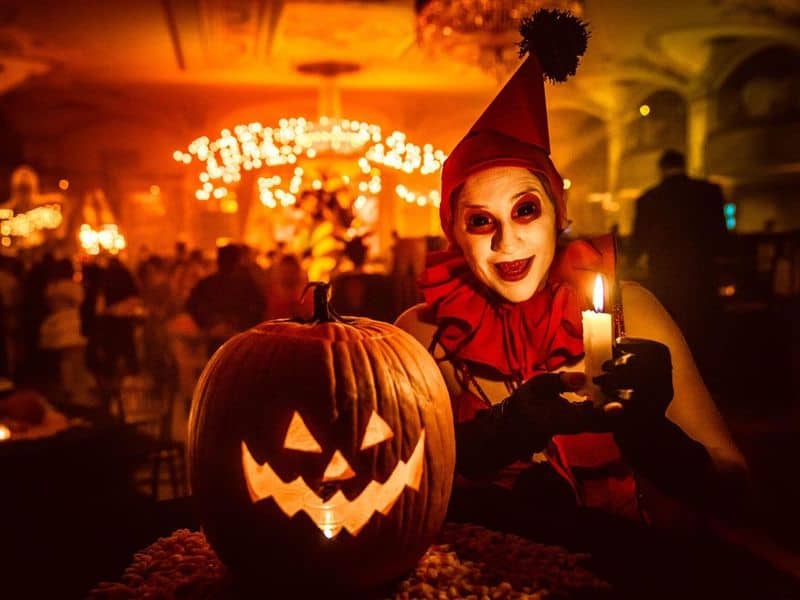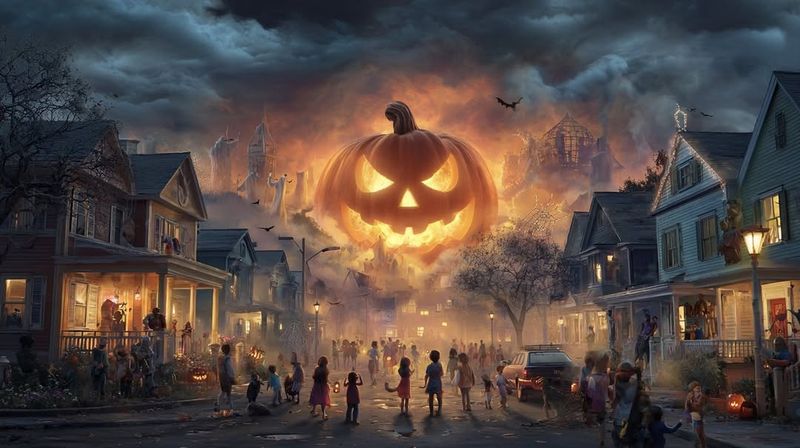Halloween might seem like it’s all about candy and spooky costumes, but its origins go much deeper than that.
Long before trick-or-treating became a neighborhood tradition, ancient people celebrated the thinning veil between our world and the spirit realm.
Understanding where these customs come from reveals a fascinating story of sacred rituals, protective disguises, and offerings meant to honor—or ward off—the supernatural.
Samhain: The Ancient Celtic Fire Festival
Every October 31st, the Celts celebrated Samhain, marking summer’s end and winter’s arrival. This wasn’t just a seasonal change—they believed the barrier between our world and the spirit world grew dangerously thin.
Families gathered around massive bonfires for protection from wandering ghosts. Druids led sacred ceremonies to honor ancestors and predict the future. The flames served as both a spiritual beacon and a practical defense against darkness.
Today’s Halloween bonfires and spooky atmosphere echo these ancient gatherings. What started as a serious spiritual observance transformed into the foundation of our modern celebration, keeping that mystical connection to the otherworldly alive.
Wearing Disguises to Fool Evil Spirits
Ancient Celts had a clever survival strategy: if harmful spirits couldn’t recognize you, they couldn’t hurt you. People wore animal skins, masks, and ragged clothing to blend in with supernatural visitors roaming the earth.
Some even smeared their faces with ash from sacred fires. The goal was looking scary enough to either confuse ghosts or convince them you were one of them. Children and adults alike participated in this protective masquerade.
Fast-forward to today, and we’re still dressing up—though now it’s more about creativity than spiritual protection. That superhero or witch costume you wear connects directly to ancestors who disguised themselves for genuine survival reasons.
The Christian Transformation: All Hallows’ Eve
When Christianity spread across Celtic lands, church leaders faced a dilemma with Samhain’s popularity. Rather than eliminate the festival, they adapted it. November 1st became All Saints’ Day, honoring holy figures instead of pagan spirits.
The night before—October 31st—earned the name All Hallows’ Eve, eventually shortened to Halloween. This wasn’t accidental; the Church intentionally overlapped Christian celebrations with existing pagan festivals to ease conversion.
All Souls’ Day followed on November 2nd, creating a three-day period called Allhallowtide. This sacred stretch kept the focus on death and remembrance while channeling it through Christian beliefs, forever changing how Western culture approached the season.
Souling: The Original Trick-or-Treating
Picture this: poor villagers knocking on doors, offering prayers for deceased family members in exchange for soul cakes—small, spiced pastries marked with crosses. This medieval practice, called souling, happened during Allhallowtide and carried deep spiritual meaning.
Each cake represented a soul released from purgatory through prayer. Wealthy families gladly participated, believing these prayers genuinely helped their departed loved ones reach heaven faster. Children especially loved souling, singing traditional verses at each household.
Sound familiar? Souling directly inspired trick-or-treating, though candy replaced soul cakes and costumes replaced prayers. The door-to-door tradition survived centuries, transforming from sacred ritual into childhood adventure while keeping that exchange-based structure intact.
Guising: Performing for Your Treats
Scottish and Irish children pioneered guising—dressing in costume and going door-to-door, but with a twist. You couldn’t just hold out your hand; you had to earn your treats by performing songs, jokes, poems, or tricks first.
This tradition emphasized entertainment and skill rather than simple begging. Kids prepared their best material, competing to deliver the most impressive performances. Homeowners judged efforts and rewarded accordingly with fruit, nuts, or coins.
When immigrants brought guising to America, it gradually simplified into modern trick-or-treating. The performance requirement mostly vanished, though some families still appreciate when kids tell jokes or show off their costumes before receiving candy.
Turnip Lanterns: Warding Off the Darkness
Long before pumpkins entered the picture, Celts carved frightening faces into turnips and potatoes. They placed candles inside these vegetables, creating eerie lanterns to guard homes against malevolent spirits wandering on Samhain night.
The glowing, grotesque faces served dual purposes: lighting pathways through dark autumn nights and frightening away anything supernatural with bad intentions. Families displayed them prominently on windowsills and doorsteps as protective talismans.
Irish immigrants discovered America’s native pumpkins were much easier to carve than dense turnips. The switch happened naturally, and suddenly jack-o’-lanterns became bigger, brighter, and more elaborate. That tradition of protective carved faces continues lighting up porches every October.
The Legend of Stingy Jack
Irish folklore tells of Jack, a clever trickster who trapped the Devil himself—twice. When Jack eventually died, heaven rejected him for his sins, but the Devil, still bitter about being outwitted, refused him entry to hell too.
Condemned to wander Earth eternally, Jack carved a turnip and placed a coal ember inside for light. People called him Jack of the Lantern, later shortened to Jack O’Lantern. His restless spirit supposedly roams every Halloween night.
This spooky tale gave carved lanterns their famous name and added supernatural significance to the practice. Whether you believe the legend or not, it perfectly captures Halloween’s blend of mischief, spirits, and mysterious wanderings through darkness.
Bonfires: Sacred Flames of Protection
Samhain bonfires weren’t just for warmth or light—they held profound spiritual power. Druids carefully constructed these sacred flames using specific rituals, believing fire possessed cleansing and protective properties against supernatural threats.
Community members would extinguish their home fires, then relight them using embers from the communal bonfire. This connected every household through shared sacred flame. People also threw bones of slaughtered livestock into fires, possibly originating the term bone-fire.
Jumping over smaller bonfires supposedly brought good luck and fertility. Dancing around flames celebrated life amidst death’s season. Modern Halloween bonfires continue this ancient tradition, though most participants don’t realize they’re recreating a ritual thousands of years old.
Leaving Food Offerings for the Dead
Families believed deceased loved ones returned home during Samhain, seeking warmth and nourishment. To welcome these ancestral spirits, people prepared elaborate feasts and set extra places at their tables, literally dining with the dead.
Some left food offerings outside their doors for any wandering spirits passing through. This wasn’t charity—it was insurance. Well-fed ghosts would bless your household, while hungry ones might curse it or cause mischief.
This tradition of offering food to supernatural visitors evolved into giving treats to costumed children. The principle remains identical: provide something sweet to those who come calling, ensuring goodwill rather than tricks. Ancient hospitality transformed into modern generosity.
Mumming and Seasonal Performances
Mumming involved traveling performers who visited homes and villages during autumn festivals, presenting folk plays about death and rebirth. Actors wore masks and costumes, often depicting symbolic characters like saints, devils, or seasonal figures.
These performances weren’t mere entertainment—they carried ritualistic significance about life’s cycles. Death characters would fall, then miraculously revive, representing nature’s renewal. Audiences welcomed mummers as bringers of good fortune, offering food and drink in return.
The tradition influenced modern Halloween through its emphasis on costumes, performance, and door-to-door visits. Though professional mummers mostly disappeared, their spirit lives on in costume parades and children’s theatrical trick-or-treating presentations that some still practice today.
Divination Rituals and Fortune-Telling
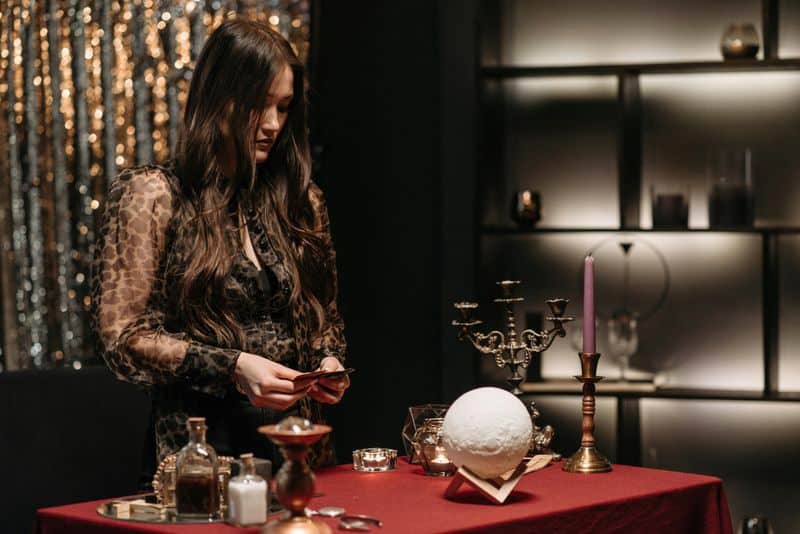
Samhain’s thin veil between worlds made it the perfect time for glimpsing the future. Young people especially practiced divination rituals, hoping to discover whom they’d marry or what fortune awaited them.
Popular methods included peeling apples in one continuous strip, then tossing the peel over your shoulder—its shape supposedly revealed your future spouse’s initial. Others gazed into mirrors by candlelight or interpreted patterns in melted wax dropped into water.
Bobbing for apples originated from these fortune-telling traditions, originally used to predict romantic futures. While we’ve mostly forgotten the mystical meanings, Halloween party games preserve these ancient practices. That innocent apple-bobbing contest actually connects to serious divination ceremonies from centuries past.
From Sacred to Secular: Halloween’s American Evolution
When Irish and Scottish immigrants arrived in 19th-century America, they brought Halloween traditions that seemed strange to their new neighbors. Initially celebrated mainly within immigrant communities, Halloween gradually spread as Americans embraced the festive, less religious aspects.
The early 1900s saw Halloween transform dramatically. Community leaders promoted it as wholesome family entertainment, stripping away remaining spiritual elements. Commercial interests recognized profit potential, mass-producing costumes, decorations, and candy specifically for October 31st.
By the 1950s, Halloween became thoroughly American and secular—focused on children, candy, and fun rather than spirits and sacred observance. Yet beneath the commercial surface, those ancient themes of disguise, offerings, and honoring the mysterious boundary between life and death quietly persist.
Lover of good music, reading, astrology and making memories with friends and spreading positive vibes! 🎶✨I aim to inspire others to find meaning and purpose through a deeper understanding of the universe’s energies.
